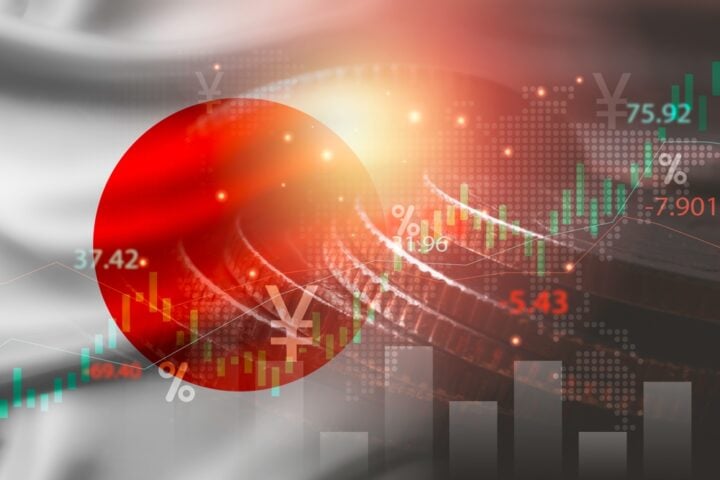India’s economy grew by 5.4% between July and September, marking a seven-quarter low and falling short of the Reserve Bank of India’s (RBI) forecast of 7%. Economists attribute this deceleration to weak consumer demand, sluggish private investment, and reduced government spending. Goods exports remain lackluster, with India holding just a 2% share in global trade in 2023.
Diverging Views on Growth
Finance Minister Nirmala Sitharaman downplayed the slowdown, attributing it to reduced government spending during an election-focused quarter. She remained optimistic about India’s growth trajectory, citing resilience in rural demand and the country’s status as the fastest-growing major economy. Conversely, experts like economist Rajeshwari Sengupta argue the slowdown has deeper roots, highlighting demand issues and systemic challenges.
High Interest Rates: A Double-Edged Sword
India’s inflation reached 6.2% in October, breaching the RBI’s 4% target ceiling. High interest rates aimed at curbing inflation have made borrowing expensive, further dampening private investment and consumption. Some economists advocate for rate cuts but caution that weak consumption demand would limit their effectiveness.
Old Economy vs. New Economy
India’s economic trajectory is marked by a “two-speed” dynamic. The old economy, encompassing agriculture and small-scale industries, struggles with the lack of reforms. Meanwhile, the new economy, driven by a post-pandemic boom in service exports, has begun to slow. Global capability centers (GCCs), a significant contributor to urban spending, are no longer fueling growth at previous levels.
Structural Challenges in Trade and Currency Policy
India’s average tariffs have risen to 17%, higher than its Asian peers, hampering competitiveness in global markets. Simultaneously, the RBI’s efforts to stabilize the rupee by selling dollars have tightened liquidity and increased the cost of Indian goods globally. Critics argue this approach prioritizes optics over economic competitiveness.
Balancing Growth Ambitions with Reality
Economists emphasize that India needs sustained growth to create jobs and increase incomes. Suggestions include reducing tariffs, attracting export-driven investments, and boosting wages through government-run employment schemes.
Chief Economic Adviser V. Anantha Nageswaran remains optimistic, asserting that the latest GDP figures shouldn’t overshadow India’s overall growth potential. However, sceptics like Sengupta warn that ambitious narratives often overshadow the necessary steps required to realize the country’s potential.







